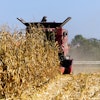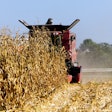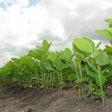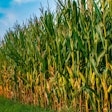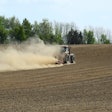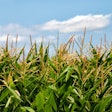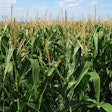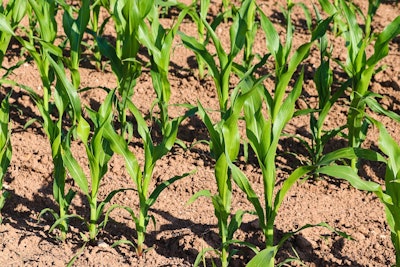
The latest report from the U.S. Drought Monitor shows recent weather patterns have brought significant changes to drought conditions across the United States, with notable impacts on agriculture. While farmers in the central Plains and Midwest celebrate much-needed rainfall, their counterparts in the West face worsening drought and mounting challenges.
In Kansas and Nebraska, substantial precipitation has led to widespread improvements in drought status. Southern and eastern Kansas received over two inches of rain, resulting in significant upgrades to their drought classifications. Nebraska's central and southeastern regions also benefited from recent storms, with some areas now showing signs of short-term moisture surplus.
"This rainfall couldn't have come at a better time for our corn and soybean crops," said John Smith, a farmer from central Kansas. "We were getting worried about yield potential, but this should help tremendously."
The positive trend extends to parts of the Midwest, where a broad band of rain stretched from Missouri through Illinois, Indiana, and into Michigan. These rains have eased short-term drought conditions, replenished surface moisture, and supported crop and soil health.
However, the picture is less rosy in the West. Montana, in particular, is facing some of the worst conditions in the region. Dry weather and below-normal snowpack have led to expanding drought across the northwest and central parts of the state.
"We're entering the warmest part of the year with limited water reserves," explained Dr. Jane Doe, an agricultural economist at Montana State University. "This could spell trouble for our wheat and barley crops, as well as grazing lands for livestock."
The Southwest presents a more complex situation. Parts of Arizona, southern Nevada, and southwestern California received rare early June rainfall, leading to broad improvements in drought severity. However, these gains may be short-lived as the region heads into its typically dry summer months.
Looking ahead, the six to 10 day outlook suggests above-normal temperatures across much of the lower 48 states, potentially increasing water demands for crops. Precipitation forecasts vary, with the Pacific Northwest and upper Midwest more likely to see above-normal rainfall, while much of the West is expected to have near- or below-normal precipitation.
As farmers and ranchers navigate these changing conditions, they remain hopeful for more favorable weather patterns in the coming weeks. The agricultural community continues to adapt its practices to the evolving climate challenges, emphasizing the importance of water conservation and drought-resistant crop varieties.
The U.S. Drought Monitor is jointly produced by the National Drought Mitigation Center at the University of Nebraska-Lincoln, the United States Department of Agriculture, and the National Oceanic and Atmospheric Administration.

